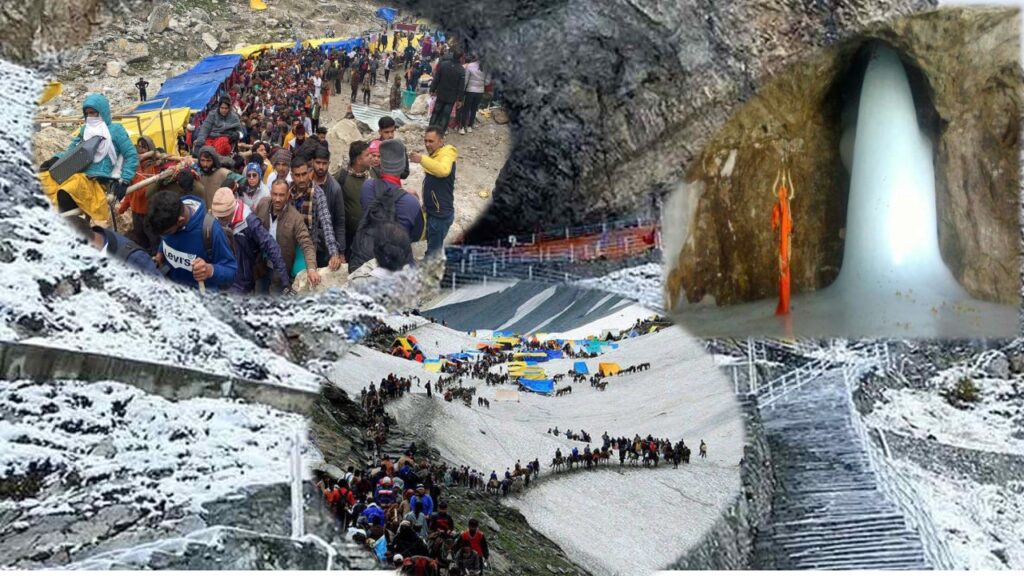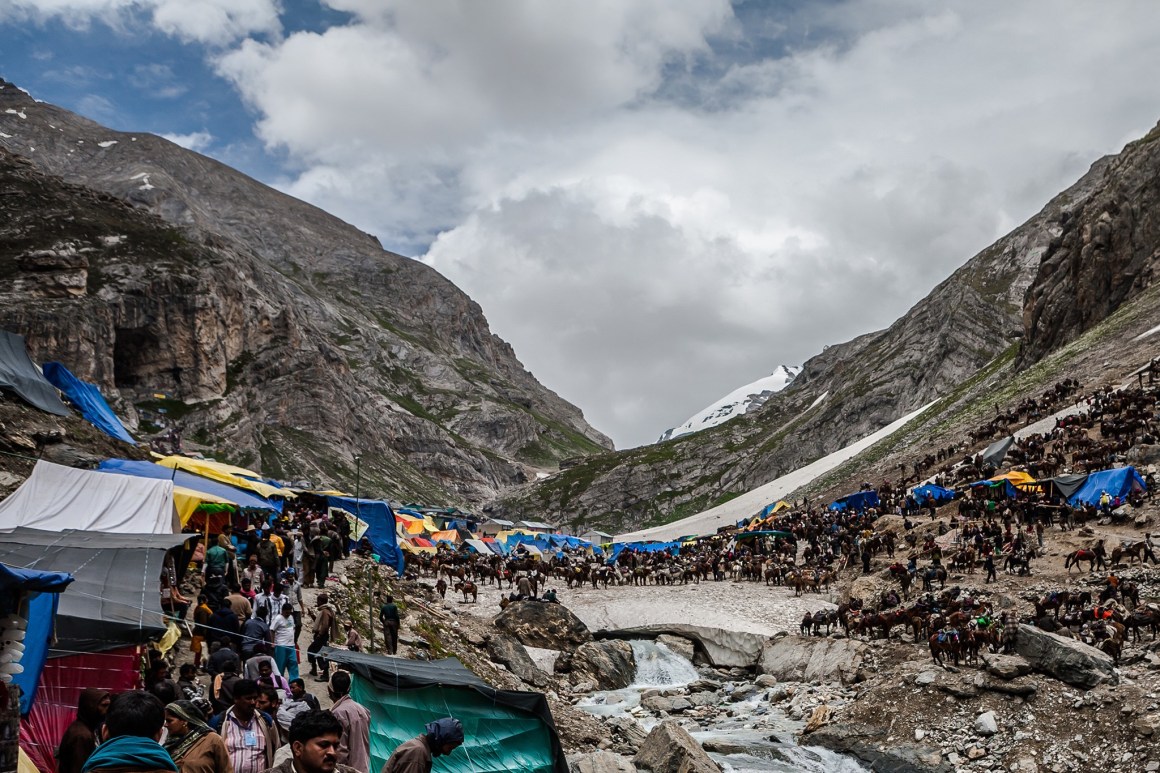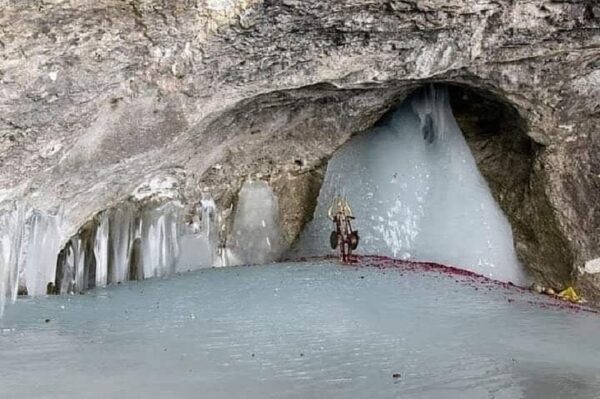Amarnath Temple: A Sacred Journey to the Abode of Lord Shiva

The Amarnath Temple, nestled in the picturesque state of Jammu and Kashmir, India, holds significant spiritual importance for millions of devotees across the world. This ancient Hindu pilgrimage site is dedicated to Lord Shiva, one of the principal deities in Hinduism. Each year, hordes of pilgrims embark on an arduous yet fulfilling journey to seek the blessings of the ice Lingam that forms naturally inside the cave during the summer months. In this article, we will delve into the history, significance, and mesmerizing journey to the Amarnath Temple.
History and Legend
The origins of the Amarnath Temple can be traced back to ancient Hindu scriptures. According to legend, the holy cave is associated with the mythical tale of Lord Shiva narrating the secrets of immortality to his divine consort, Goddess Parvati. It is believed that Lord Shiva chose this secluded cave to reveal these secrets as it remained hidden from the rest of the world. The cave and its surrounding area were kept concealed for centuries until its rediscovery in modern times.

The Sacred Yatra: Embarking on the Pilgrimage
1. Preparation for the Journey
Undertaking the Amarnath Yatra demands meticulous preparation due to the challenging terrain and harsh weather conditions. Pilgrims need to be physically fit and mentally prepared for the rigorous journey ahead.
2. Commencement of the Yatra
The Yatra typically begins in the month of July and August, during the auspicious period of Shravan. The journey commences from Pahalgam or Baltal, the base camps from where pilgrims start their expedition toward the holy cave.
3. Trekking through the Scenic Landscape
As the pilgrims advance, they are treated to breathtaking views of snow-capped mountains, lush green valleys, and gushing rivers. The trekking route offers both challenges and beauty, making it a unique and unforgettable experience.
4. Pahalgam Route
The Pahalgam route, though longer, is preferred by many pilgrims due to its gradual ascent. The path meanders through picturesque spots like Chandanwari, Sheshnag, and Panchtarni, each carrying its own significance in Hindu mythology.
5. Baltal Route
The Baltal route, although shorter, is steeper and more arduous. It tests the pilgrims’ endurance and determination as they pass through Domel, Barari Marg, and Sangam.
6. Seeking Blessings at the Holy Cave
Upon reaching the cave, pilgrims witness the magnificent ice Lingam, which symbolizes Lord Shiva. The natural formation of the ice Lingam leaves visitors in awe and reinforces their faith.
7. The Exhilarating Return Journey
After seeking the divine blessings of Lord Shiva, pilgrims return to their base camps. The return journey is filled with a sense of fulfillment and spiritual rejuvenation.
Significance of Amarnath Yatra
The Amarnath Yatra is not just a religious journey; it is a path of self-discovery, devotion, and inner peace. The pilgrimage holds immense significance for Hindus worldwide, as it is believed that the darshan of the ice Lingam grants liberation from the cycle of birth and death.
Preserving the Sanctity: Environmental Concerns
The popularity of the Amarnath Yatra has raised concerns about its ecological impact on the fragile Himalayan ecosystem. It is essential for pilgrims and authorities to work together to ensure responsible tourism and conservation of the pristine surroundings.
Conclusion
The Amarnath Temple is not merely a place of worship; it represents the eternal connection between humanity and divinity. The arduous pilgrimage, surrounded by awe-inspiring nature, enriches the souls of those who undertake it. The journey to the Amarnath Temple is a spiritual expedition that leaves an indelible mark on the hearts of millions.
FAQs
1. Can children undertake the Amarnath Yatra?
Yes, children above the age of 13 years can undertake the Yatra. However, it is advisable to consult a doctor before planning the pilgrimage.
2. Are there any medical facilities available during the Yatra?
Yes, medical camps are set up at various points along the Yatra route to provide immediate medical assistance to pilgrims.
3. Is the Amarnath Yatra open to people of all faiths?
Yes, the Amarnath Yatra is open to people of all faiths, promoting the spirit of religious harmony.
4. What is the best time to undertake the Yatra?
The Yatra is conducted during July and August, which is considered the most auspicious time to visit the Amarnath Temple.
5. Are there any restrictions on photography during the Yatra?
Photography inside the cave is prohibited due to its sanctity. However, pilgrims can capture the scenic beauty during the journey.









